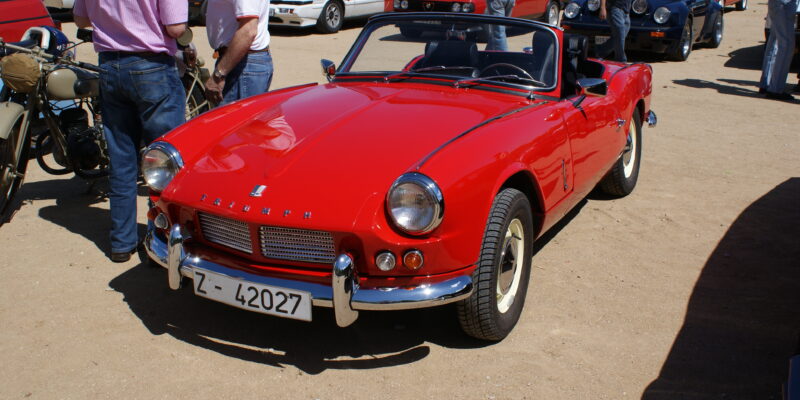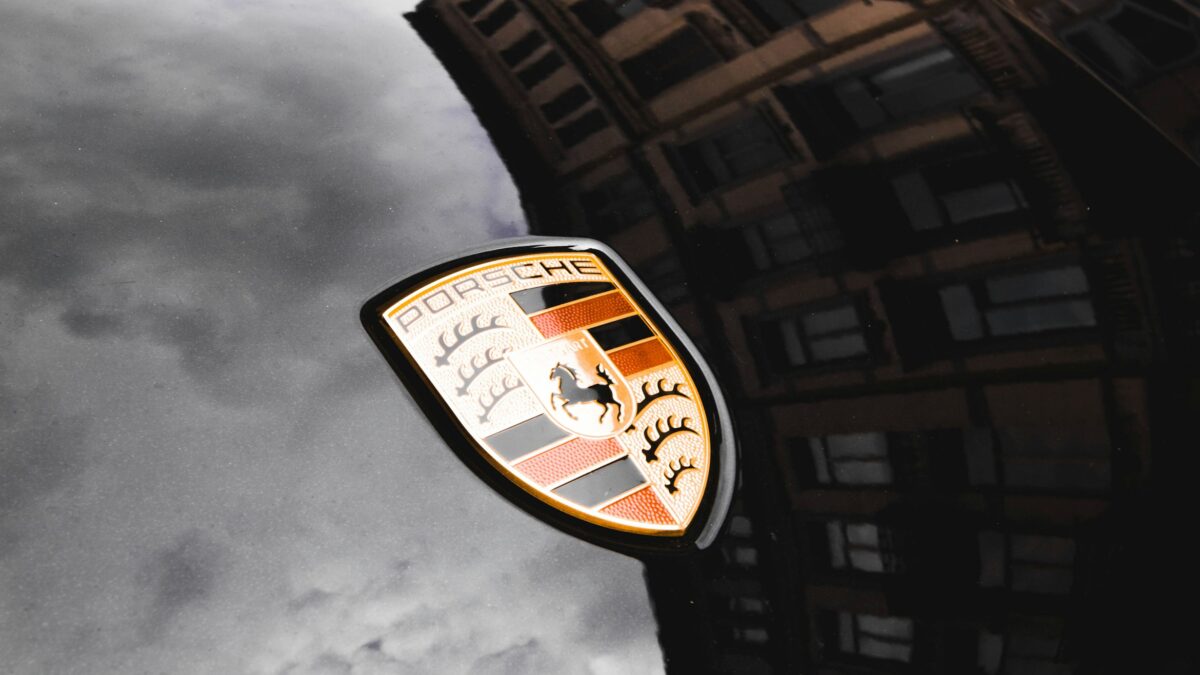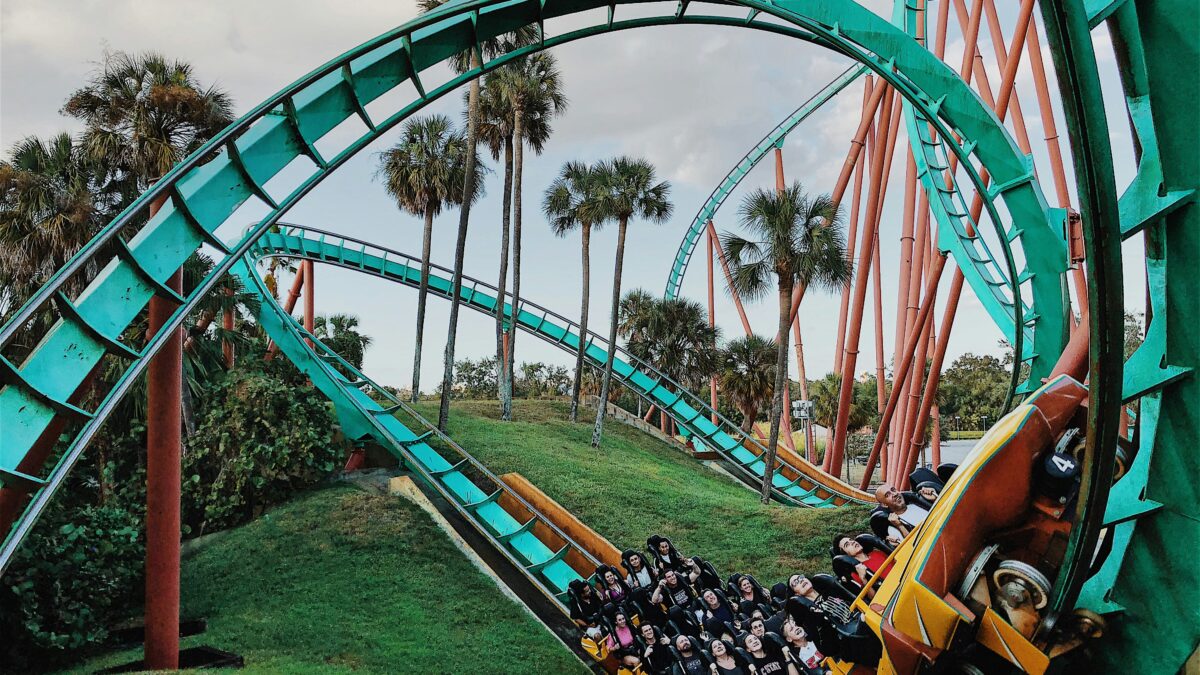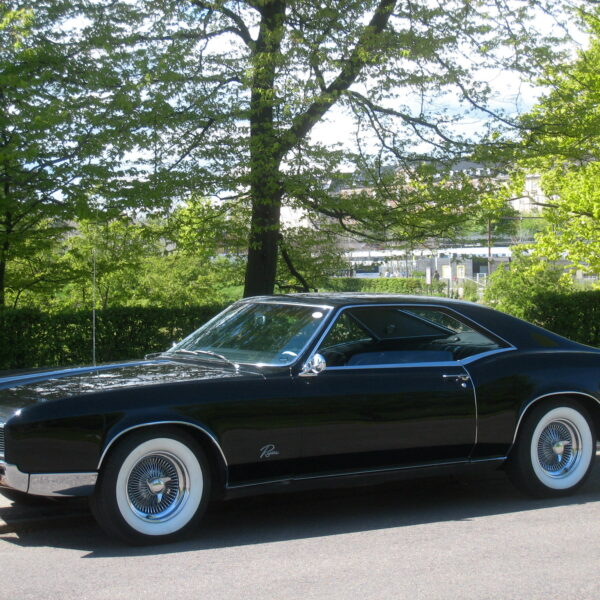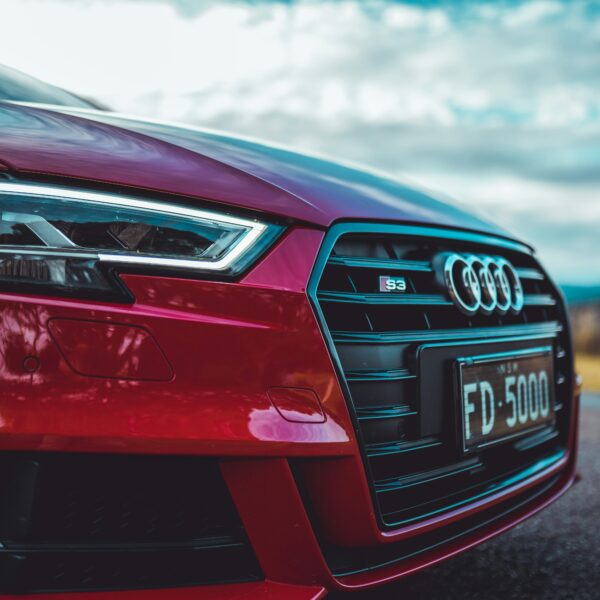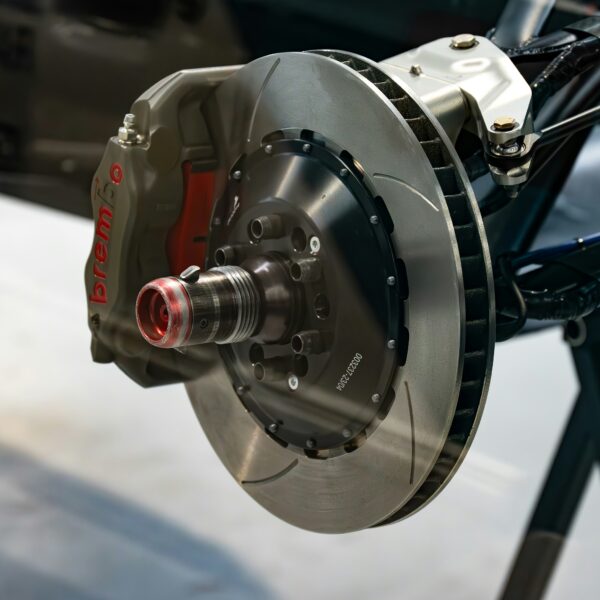Behind the Wheel: A Ride in the Timeless Triumph Spitfire
The Triumph Spitfire made its debut in 1962 as a stylish and affordable sports car. Designed by Italian designer Giovanni Michelotti, the Spitfire boasted a sleek, aerodynamic body inspired by contemporary sports cars of the era. Over the years, the Spitfire underwent several revisions and updates, culminating in the production of over 300,000 units until its discontinuation in 1980. Let’s take a look back at this classic British vehicle and explore its lasting impact on automotive history.
Early beginnings
The Spitfire made its debut at the 1962 London Motor Show. The model was named after the renowned Supermarine Spitfire fighter plane from World War II. It utilized the same running gear and Standard SC engine, built on a shortened version of the Triumph Herald saloon’s chassis. Its design featured body-on-frame construction, reinforced by internal structural components within the bodywork and rear trailing arms connected to the body rather than the chassis. Initially equipped with a manually deployable convertible top, later models boasted significant improvements.
Small but mighty
Despite its modest size and engine capacity, the Triumph Spitfire delivers a fun and engaging driving experience. Early models were powered by a 1.1-liter inline-four engine, which was later upgraded to larger displacements, including a 1.3-liter and 1.5-liter engine. With its lightweight construction and responsive handling, the Spitfire excels in twisty roads and tight corners, offering drivers a thrilling ride that’s sure to put a smile on their face.
Triumph Spitfire Mk1 (1962-1964)
The original Spitfire model, featuring a sleek design and powered by a 1.1-liter inline-four engine. It introduced drivers to the thrilling performance and agile handling that would become synonymous with the Spitfire name.
Triumph Spitfire Mk2 (1965-1967)
Building upon the success of its predecessor, the Mk2 featured minor design updates and improvements to performance and reliability. It retained the classic Spitfire styling while incorporating enhancements to enhance the driving experience.
Triumph Spitfire Mk3 (1967-1970)
The Mk3 represented a significant evolution of the Spitfire line, featuring a redesigned body with updated styling cues and improved aerodynamics. It also introduced a more powerful 1.3-liter engine, delivering enhanced performance and driving dynamics.
Triumph Spitfire MkIV (1970-1974)
The MkIV marked another milestone in the Spitfire’s evolution, boasting further refinements to its design, performance, and comfort features. It featured a revised suspension system and additional creature comforts, making it a more refined and enjoyable sports car.
Triumph Spitfire 1500 (1974-1980)
The Spitfire 1500 was the final iteration of the Spitfire line, featuring a larger 1.5-liter engine for improved performance and drivability. It also received updates to its interior and exterior styling, as well as enhancements to its handling and braking systems.
Motorsport history
The Triumph Spitfire gained widespread acclaim in both street and rally racing circuits. Renowned for its agility and performance, Spitfires dominated the SCCA National Sports Car Championships in the F and G Production classes, securing numerous championship titles. Notably, in 1964, a Spitfire triumphed in its class at the prestigious Tour de France rally. It achieved an impressive second-place finish overall. The same year, it clinched victory at the Geneva Rally. Continuing its winning streak, a Spitfire emerged victorious in its class at the Alpine Rally in 1965, further cementing its legacy as a formidable competitor in the world of motorsport.
Celebrating the enduring legacy of the Triumph Spitfire
The Triumph Spitfire may have ceased production in 1980, but its legacy lives on in the hearts and minds of motoring enthusiasts around the world. Despite its brief history, the Spitfire remains a captivating choice for collectors and enthusiasts, commanding premium prices in the classic car market. But more than just a collector’s item, the Spitfire remains a symbol of British motoring heritage and a testament to the golden age of sports cars. Its influence can be seen in the countless roadsters and convertibles that followed in its footsteps.
We’d love to hear your thoughts on the Triumph Spitfire! Share your experiences, memories, or any insights you have about this iconic car in the comments below.






